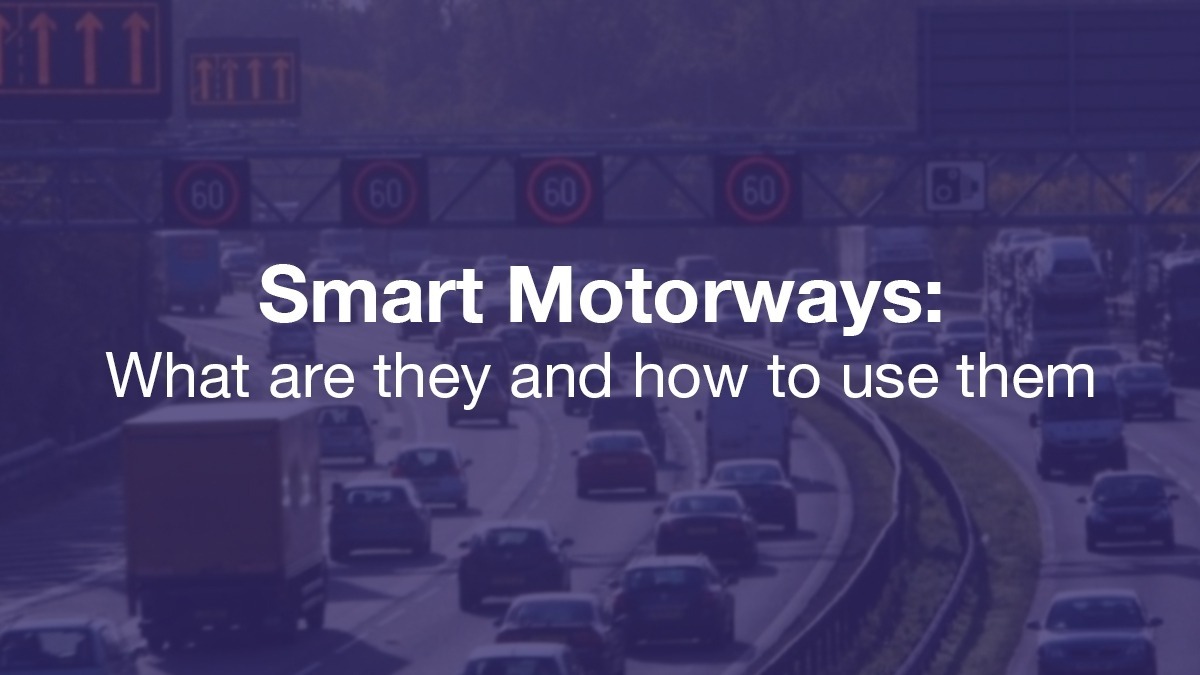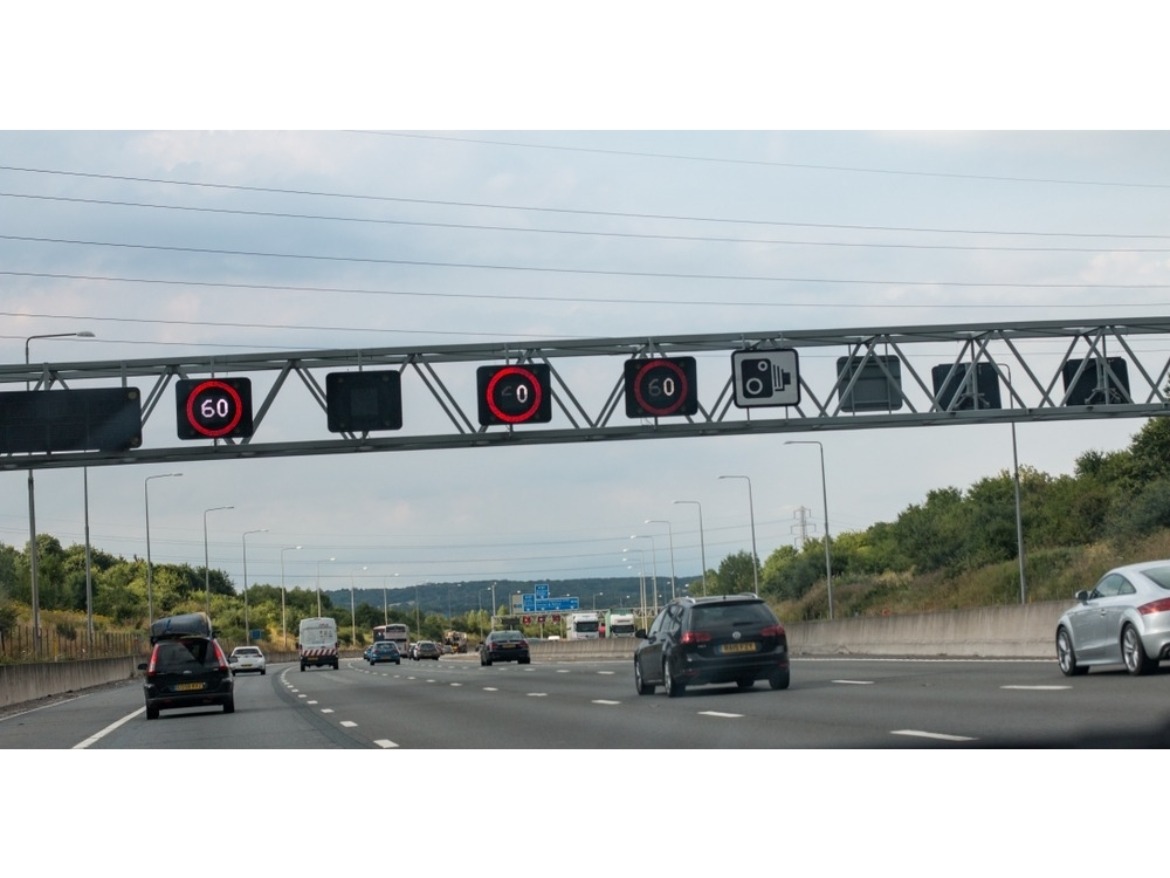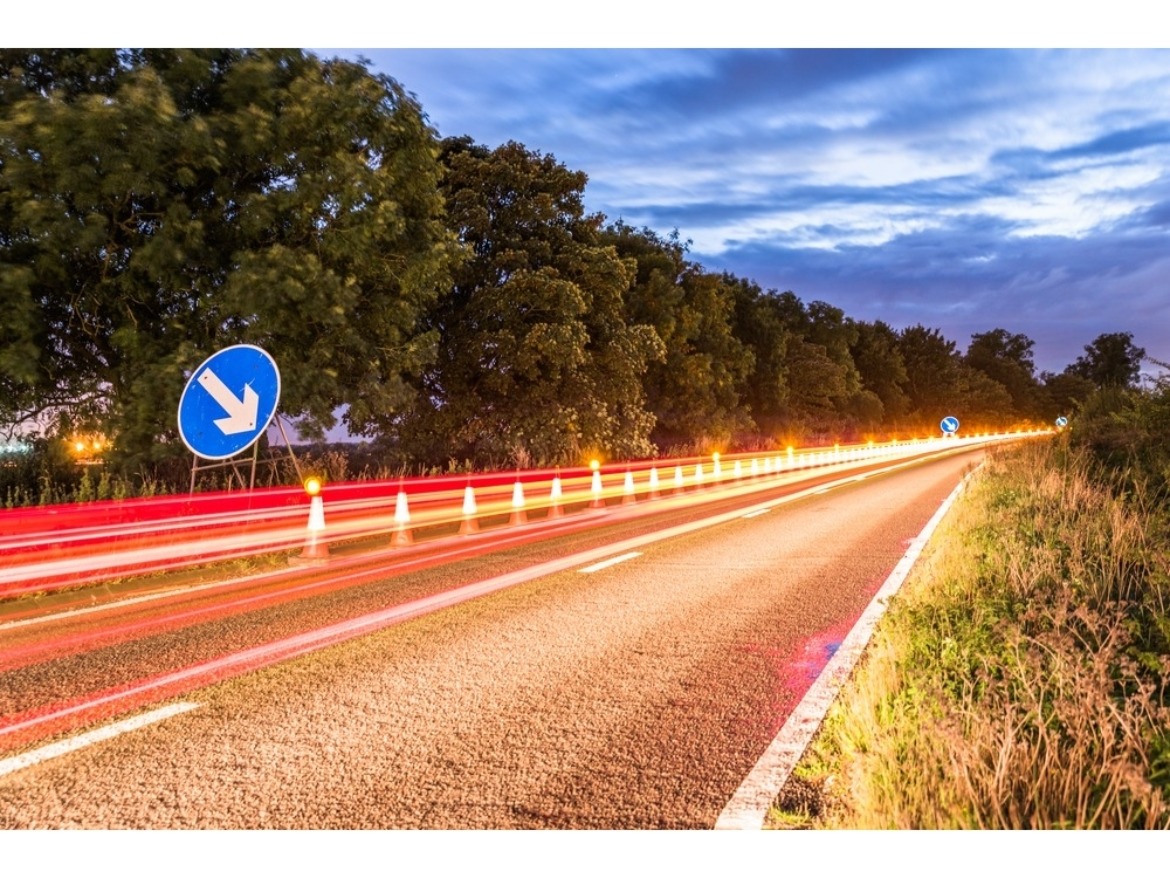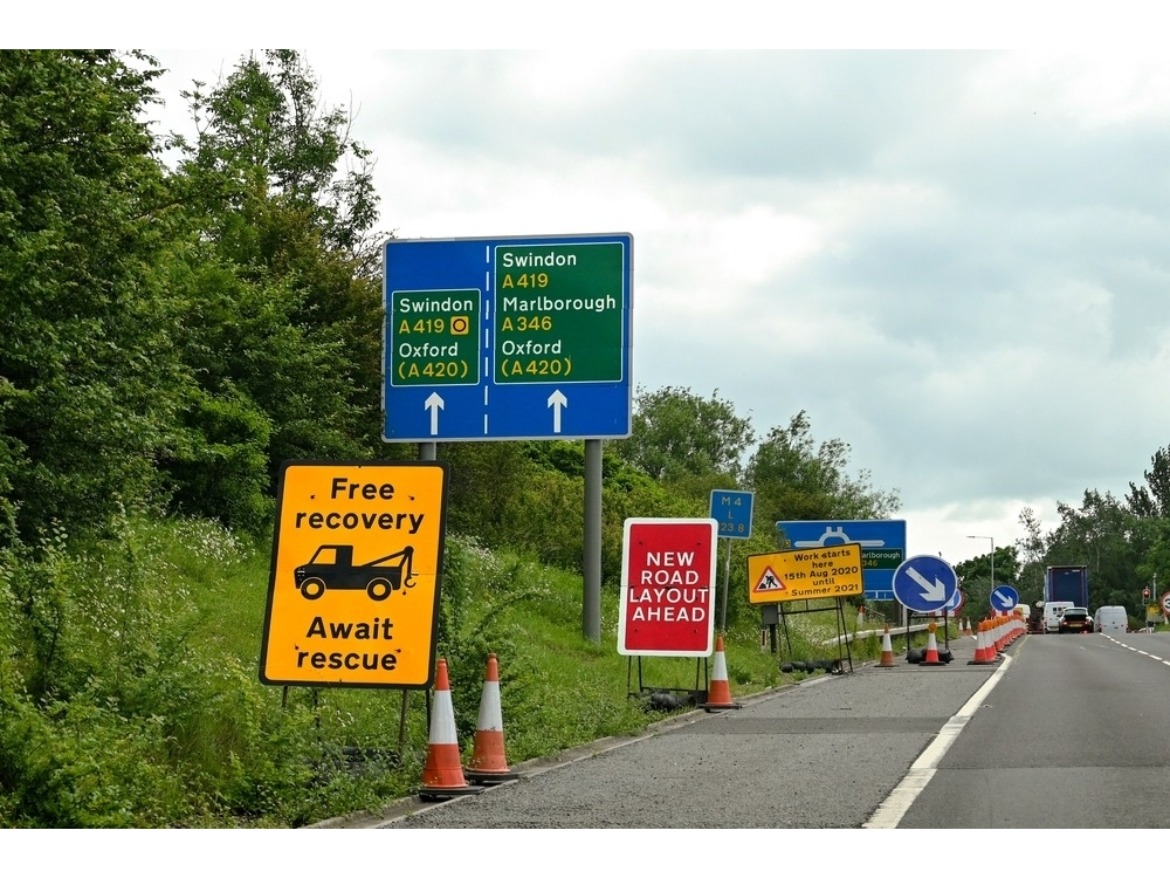Smart Motorways: What Are They and How To Use Them

Smart Motorways were first introduced in the UK in 2006 and they work slightly differently from conventional motorways. There has been a recent increase in the publicity of smart motorways, amid calls to stop their rollout and to ban them altogether. This article will look to explain what smart motorways are, why people are against them and tips for driving on smart motorways.
-
A smart motorway is a section of motorway that uses technology and traffic management systems in order to increase the capacity, as well as help reduce the congestion that may be caused by traffic. There are two main ways in which smart motorways work
- By using the hard shoulder as a coventional lane for traffic.
- By using variable speed limits to control the traffic flow.
Using the hard shoulder as a normal lane allows a wider space to be used, which can help even out the flow of traffic across the whole motorway. However, some fear that by doing this it limits the safety of the motorways, as the hard shoulder is typically used in emergencies, but this will be discussed further in to the article. Variable speed limits allow the controlling of the traffic flow by helping manage congestion during busy periods and if there has been an accident on the road, or the road is obstructed.
-
There is currently around 375 miles of smart motorway in the UK, with most of these residing in England and therfore they are managed by Highways England. Smart motorways account for around 7% of the strategic road network however, they carry around 16% of its annual traffic which is one reason why they are used. Emergency Refuge Areas (ERA) are now available for use on smart motorways and their use is encouraged as much as possible. An ERA has access to an emergency phone that can be used to phone for help. They are also signed and painted brightly so they are easy to see.
-

-
What are the different types of smart motorway?
There are 3 different types of smart motorway that are currently in operation in the UK:
- All Lane Running - An all lane running smart motorway is when the hard shoulder is removed permanently and is thereafter converted into a normal running lane for traffic to use. This widens the motorway and helps to ease congestion. The first lane (formally the hard shoulder) will only be closed as a normal lane in the event of an accident, or in the case of an emergency. Any closure to this lane will be indicated on overhead signs with a red X above the closed lane. When this is seen, the driver must leave this lane at the safest and earliest opportunity to do so. Failure to leave this lane is not only extremely dangerous but also illegal. Ignoring the lane closure can lead to an automatic 3 points on your license and a £100 fine.
- Dynamic Hard Shoulder - A dynamic hard shoulder smart motorway is where the hard shoulder is opened temporarily as a normal running lane during busy periods to help ease congestion and potential traffic flow issues. A solid white line seperates the normal lane from the hard shoulder and again overhead signs will indicate to drivers when the hard shoulder is operating as a normal lane. If the signs are blank or have the red X displayed, then the hard shoulder must not be used unless it is an emergency.
- Controlled Motorway - A controlled motorway is a section of motorway that has 3 or more lanes with variable speed limits and also retains the traditional use of a hard shoulder in emergencies only. The variable speed limits are displayed on overhead signs however, if there is no speed limit displayed then the national speed limit is in place. These variable speed limits are monitored and enforced by speed cameras along the motorway.
-

-
Many people believe that smart motorways cause more danger than they solve, which is why they have recently been in the news. People have this opinion due to the removal of a permanent hard shoulder on these motorways compromises the safety of drivers. They is also a feeling that the overhead signs that can display changes in the speed limit often cause sudden breaking due to drivers not wanting to get caught speeding. Highways England published statistics from data that they have from when the first smart motorway opened in 2006:
- Journey reliability has improved by 22%
- Personal injury accidents have been reduced by more than 50%
-
What are the reservations about smart motorways?
There are calls to delay the rollout of new smart motorways and for them to be scrapped entirely. Some drivers believe that it can be dangerous if there is no hard shoulder to stop in if there is an emergency. The Emergency Refuge Areas have been intermittently set up for a safe place for drivers to stop in the event of an emergency. However, some drivers think that these are not as easily accessable as a hard shoulder might be and therefore they may create dangerous situations for road users. The Transport Select Committee have recently called for a 5 year halt on more smart motorways being rolled out, so that more safety data can be collected. Whilst the use of smart motorways is a relevant and important discussion to be had, we have put together some tips for driving on smart motorways.
-
What tips are there for driving on smart motorways?
As part of this article we have compose some tips for driving whilst on smart motorways:
- Be aware of speed limit changes - These changes will be clearly shown on the overhead signs
- Never drive in or ignore when a red X is shown above a lane - Doing so is dangerous, illegal and can land you 3 points and a £100 Fine
- Be aware of Emergency Refuge Areas - These are used when the hard shoulder is in use as a normal lane. If you can't pull into one, try and pull in as close to the verge as possible and consider if it's safe to leave your vehicle using the left hand doors.
- If you feel unsafe after pulling over, call 999 - If you are unsure about leaving your vehicle, call 999 and await further instructions
- Hard shoulders are always identified by a solid white line - You need to be aware of the overhead signs to see if you can drive in them
- A broken white line indicates a normal running lane - This is a normal lane that is fully open to traffic
-

-
Hopefully this article has helped to explain what smart motorways are, the reservations people have against them and some helpful tips for staying safe whilst driving on them.


